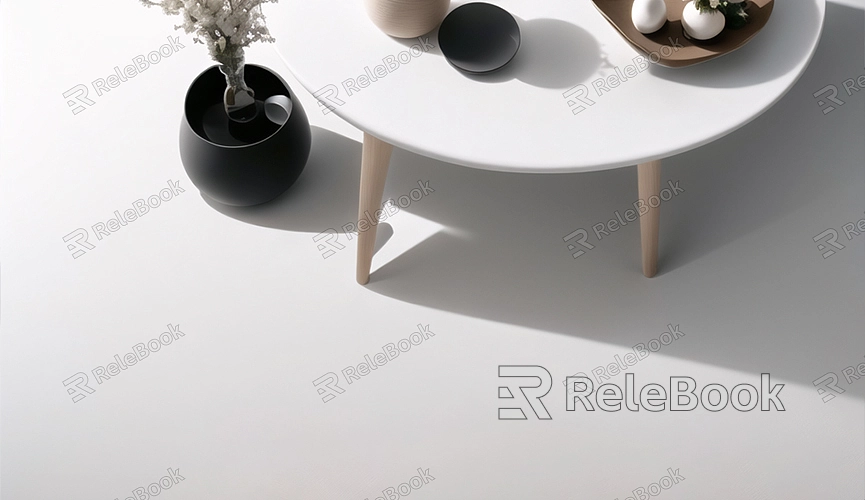How to Render Animation in Blender Cycles
Blender is a powerful software for 3D modeling and animation, and Cycles is its built-in advanced rendering engine. Rendering animation in Blender Cycles is a common requirement for many users. This article will guide you on how to render animation in Blender Cycles, helping you achieve high-quality animation rendering effects effortlessly.
1. Preparation
Before rendering animation, ensure the following:
1. Install Blender: Make sure you have the latest version of Blender installed. If not, you can download it from the [Blender official website](https://www.blender.org).
2. Set up Scene and Animation: Create your 3D scene in Blender and set up animation, including keyframes, camera movements, etc.
2. Set Render Engine to Cycles

First, set the render engine to Cycles:
1. Open Blender and load your project file.
2. In the top menu bar, find and click the "Render Properties" icon (a camera icon).
3. In the "Render Engine" dropdown menu, select "Cycles."
3. Configure Rendering Settings
To ensure rendering quality and efficiency, configure the rendering settings:
1. Resolution:
Set the resolution in the "Output Properties" panel. By default, the resolution is 1920x1080 (Full HD). Adjust the resolution as needed.
2. Frame Range:
In the "Output Properties" panel, set the start and end frames to define the frame range of the animation.
3. Sampling Settings:
In the "Render Properties" panel, find the "Sampling" options. Set an appropriate number of samples to balance rendering speed and quality. Generally, a sample count between 300 to 500 is suitable for most scenes.
4. Set Output Format
When rendering animation, choose the appropriate output format:
1. File Format:
In the "Output Properties" panel, find the "File Format" option. Common output formats include FFmpeg Video, AVI JPEG, etc. If a video format is needed, FFmpeg Video is recommended.
2. Encoder Settings:
After selecting FFmpeg Video, you can further set the encoder and container format. The commonly used encoder is H.264, and the container format is MPEG-4.
Set the output path to save the rendered animation.
5. Render Animation
After completing the above settings, you can start rendering the animation:
1. In the top menu bar, click "Render" and then select "Render Animation."
2. Once the rendering process starts, Blender will render each frame of the animation sequentially and save each frame to the specified location.
3. After rendering is complete, Blender will automatically combine all frames into a complete video file.
6. Optimize Rendering Efficiency
To improve rendering efficiency, you can take the following optimization measures:
1. Use GPU Rendering:
If your computer has a powerful GPU, select "GPU Compute" as the "Device" in the "Render Properties" panel to speed up rendering.
2. Reduce Sample Count:
Properly reducing the sample count can significantly reduce rendering time without affecting the final result.
3. Adjust Lighting and Materials:
Simplify lighting and material settings in the scene, avoiding the use of too many complex light sources and highly reflective materials.
4. Partition Rendering:
Divide large scenes into multiple smaller regions for rendering to reduce the workload of each rendering.
7. Common Issues and Solutions
During the rendering animation process, you may encounter some issues. Here are some common problems and solutions:
1. Lengthy Rendering Time:
Try reducing resolution and sample count, using GPU rendering, or optimizing the scene.
2. Render Noise:
Increase the sample count, enable "Denoising" feature, and check "Denoising" in the "Render Properties" panel.
3. Poor Video Output Quality:
Ensure the correct encoder and high-quality output settings are selected.
By following these steps, you can efficiently render high-quality animation in Blender Cycles. If you need high-quality 3D textures, HDRI, or 3D model downloads for creating models and virtual scenes, you can find them on Relebook. After downloading, you can directly import textures and 3D models into your project.

